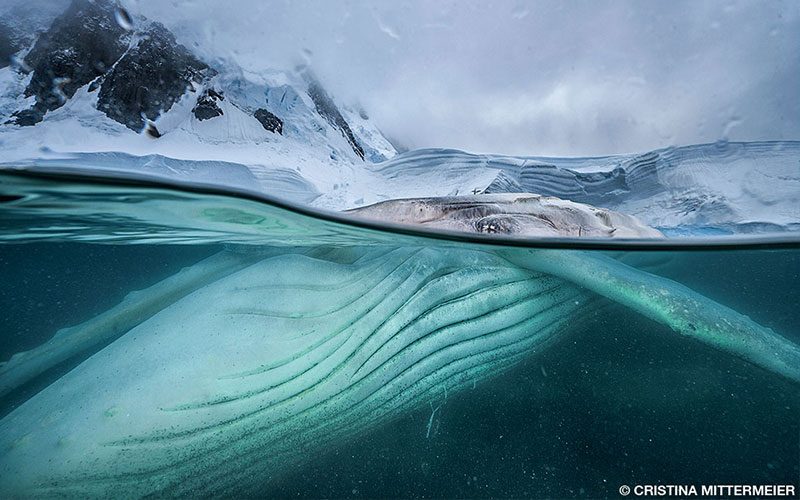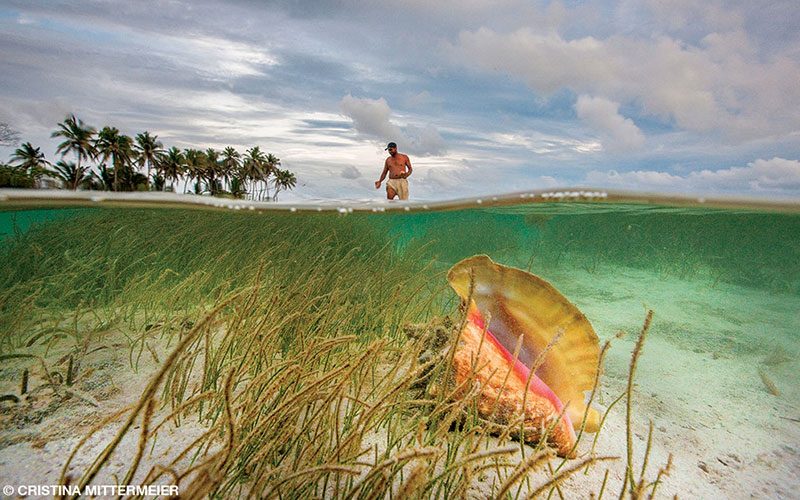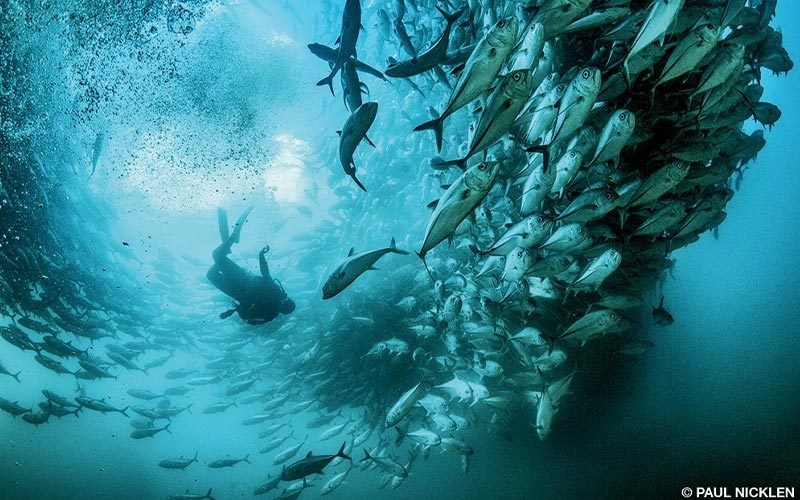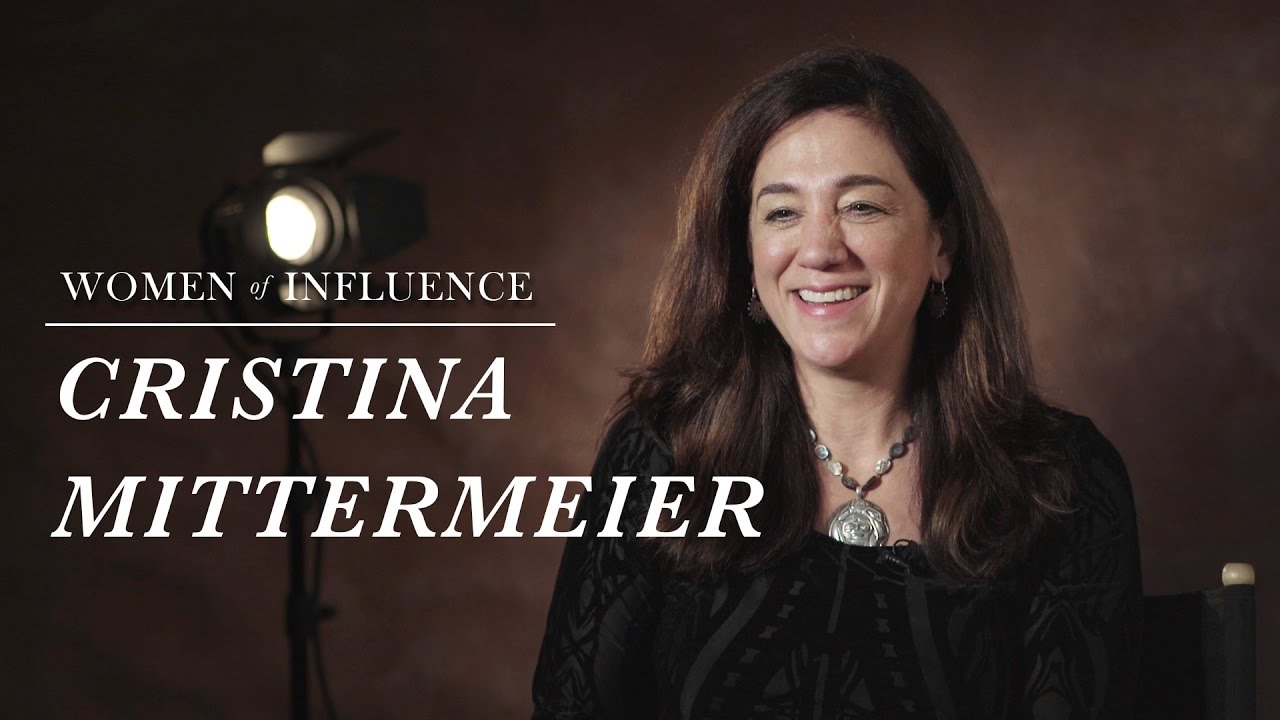Hometown: Nanoose Bay, Vancouver Island, BC (raised in Cuernavaca, Mexico)
Years Diving: 30
Favorite Dive Destination: Nanoose Bay and the Salish Sea, Vancouver Island. I have the most amazing dive site right in front of my house — there’s invertebrate life, sea lions and the occasional orca.
Why I’m a DAN Member: I’ve been a DAN member forever because it’s so important to have evacuation plans in place, and DAN is the best for that.
Cristina Mittermeier has been recognized as a Sony Artisan of Imagery, one of Outdoor Photographer magazine’s 40 Most Influential Nature Photographers and a recipient of the Nature’s Best Photography Windland Smith Rice International Conservation Photographer of the Year award. She has published and edited 24 coffee-table books dedicated to conservation issues and together with her partner, underwater photographer Paul Nicklen, co-founded SeaLegacy, a nonprofit that uses the power of photography to promote marine conservation and is dedicated to the United Nation’s goal of protecting 10 percent of our oceans by 2020. Among SeaLegacy’s current endeavors are a project to establish a marine protected area on the Antarctic Peninsula and efforts to spotlight the effects of climate change on Arctic wildlife.
Tell us about your most recent trip.
Paul (Nicklen) and I just got back from photographing polar bears in Svalbard in the Norwegian Arctic. The bears are very adept swimmers and can dive really deep — down to 70 feet easily. We saw 20 polar bears this time. It was wonderful to go to Svalbard during a good ice year. It gave me some hope for Arctic species.
Did you always want to be an underwater photographer?
When a university recruiter came to my hometown in Mexico to talk about ocean careers, I fell in love with what I saw on the screen. I knew I wanted to spend the rest of my life working with marine environments, so I went to university to study marine biology. I thought I would be a scientist, but I wasn’t sure I wanted to spend my time in the lab.
My career in photography was at first terrestrial and focused on people; it took me 25 years to become an underwater photographer. Becoming Paul’s partner meant having the best teacher in the world, and it gave me the opportunity to take my photography to the ocean.

How has your storytelling changed as you’ve transitioned to underwater photography?
Although my photography originally focused on indigenous people in rainforests, I always wanted to get back to working with coastal communities. When Paul and I sat down to discuss our legacy, we decided we wanted to create a nonprofit that would use our storytelling and photography skills to help protect the ocean. SeaLegacy is the result.
Learning underwater photography for the past two to three years has been training for what I want to do for the rest of my career. I intend to focus my lens on the people living on the shores of the ocean all over the world. As sea levels rise, coastlines are changing, and coastal people’s lifestyles are being challenged. I want to tell that story.
What do you see as the biggest threats to the ocean environment?
Even though we live on an ocean planet, that concept is far removed from most people’s lives. We’ve been using the ocean as a dumpster for hundreds of years. And we have the idea that the sea is inexhaustible and that we can keep pulling resources from it on an industrial scale without consequences. Just the fact that we think that way is incredibly dangerous.
The ocean is the most important buffer and moderator of weather on Earth, but human activity is changing its chemistry as well as that of the atmosphere. And thus climate change has become the overarching issue of our generation.

What have you seen as a diver that has you most worried?
We are seeing more and more animals just floating belly up — from whales and sharks to fish and starfish. It’s terrifying to watch the marine ecosystem become uninhabitable for the creatures that live in it. If the ocean isn’t good enough for its wildlife, then it won’t be good enough for us. More than half of the oxygen we breathe comes from marine phytoplankton; as the ocean becomes more acidic, that phytoplankton is dying. I don’t want to be a doom-and-gloom person because I am very hopeful by nature, but it’s really becoming dire in a lot of places.
What can divers do?
All humans need to care enough about our planet to make sure we have a future on it. We each should audit our life to get an understanding of how much meat we eat, how much plastic we throw away and how often we fail to reuse or recycle. We should also come to terms with the fact that it will be our children and grandchildren who experience the consequences of these actions.
Recalling the many creatures we have disentangled or found dead from plastic, I try to maintain a keen awareness of when I use it. We should also think carefully about the marine wildlife we choose to eat. Travelers who go on safari in the Serengeti or visit national parks in the U.S. don’t expect to be served lion meat or bear meat. Why do we eat marine animals as though they are inexhaustible? We can make a difference by finding out where our seafood comes from and supporting sustainable aquaculture projects.

What’s next?
Cuba! We are headed there in October for three weeks with a team of filmmakers, social media people and photographers with the aim of trying to inspire other Caribbean countries to follow the Cuban model of protection. Fidel Castro did a lot wrong, but one good thing he did was create a national park system with several marine protected areas. Today, Jardines de la Reina is one of the most pristine reefs left on the planet. Although some people will say, “But it’s already being protected — it’s already a national wonder,” we believe we can use it as an example for others to follow. Stay tuned.

Explore More
| © Alert Diver — Q3 2017 |

